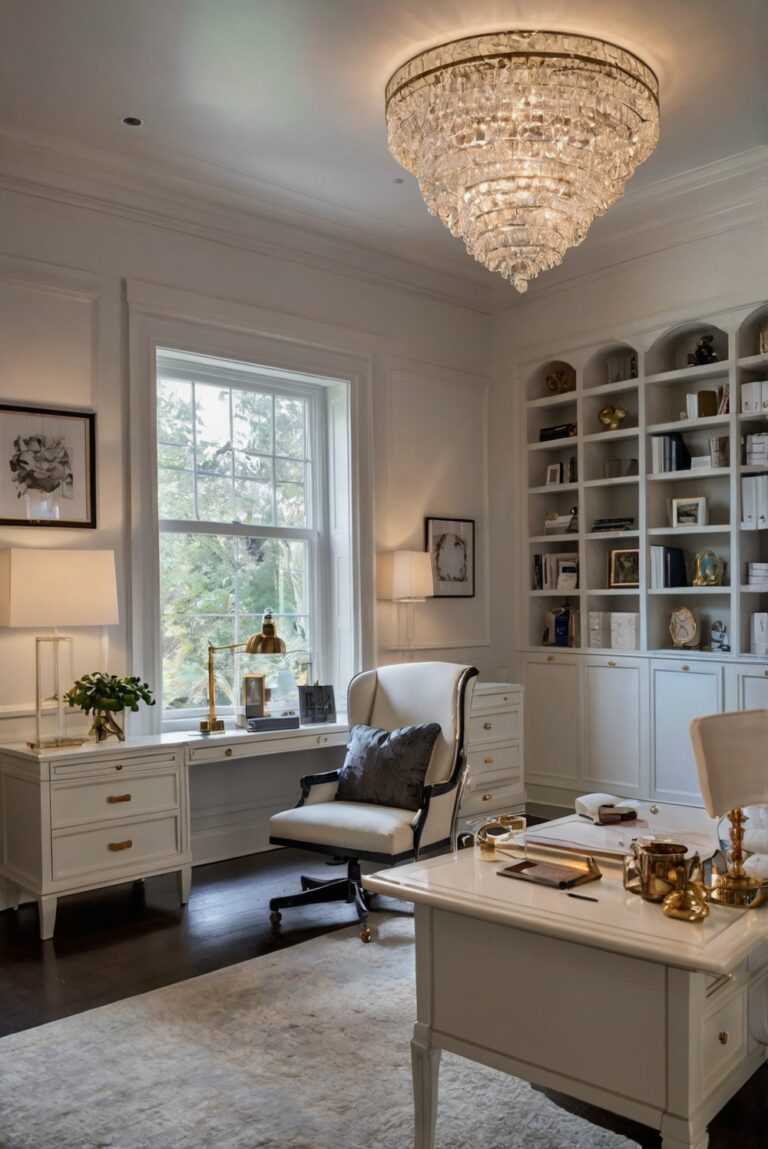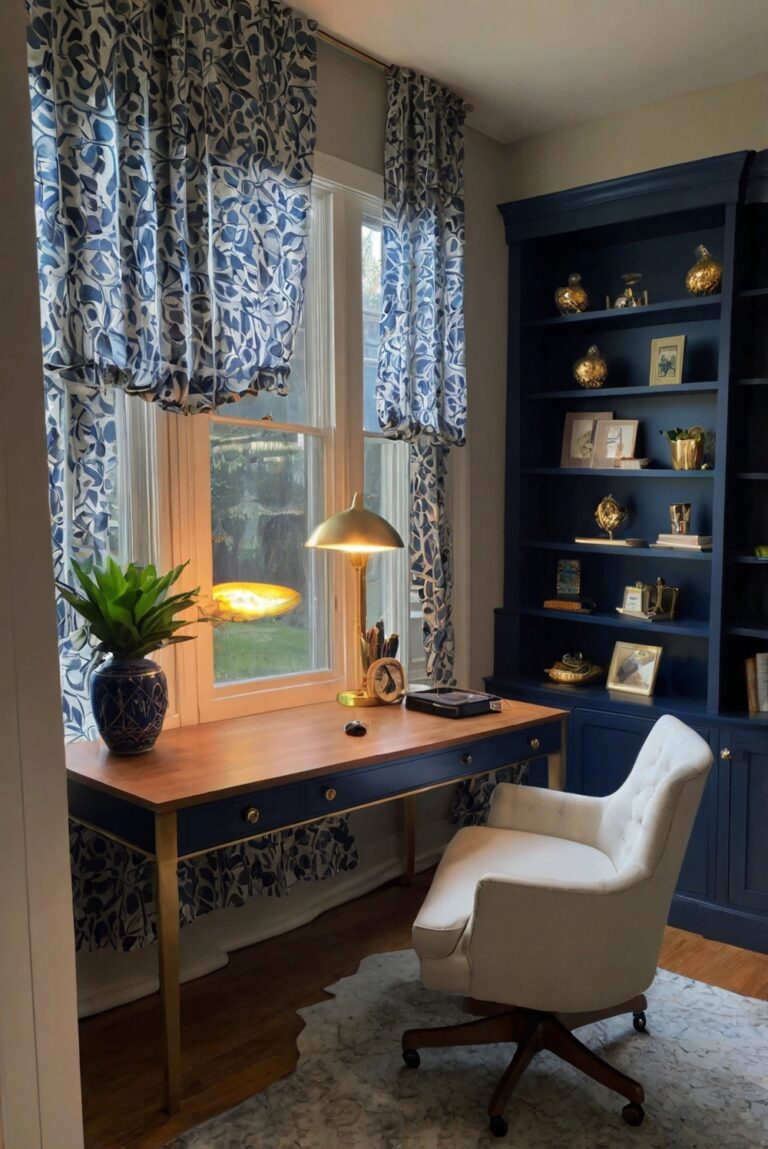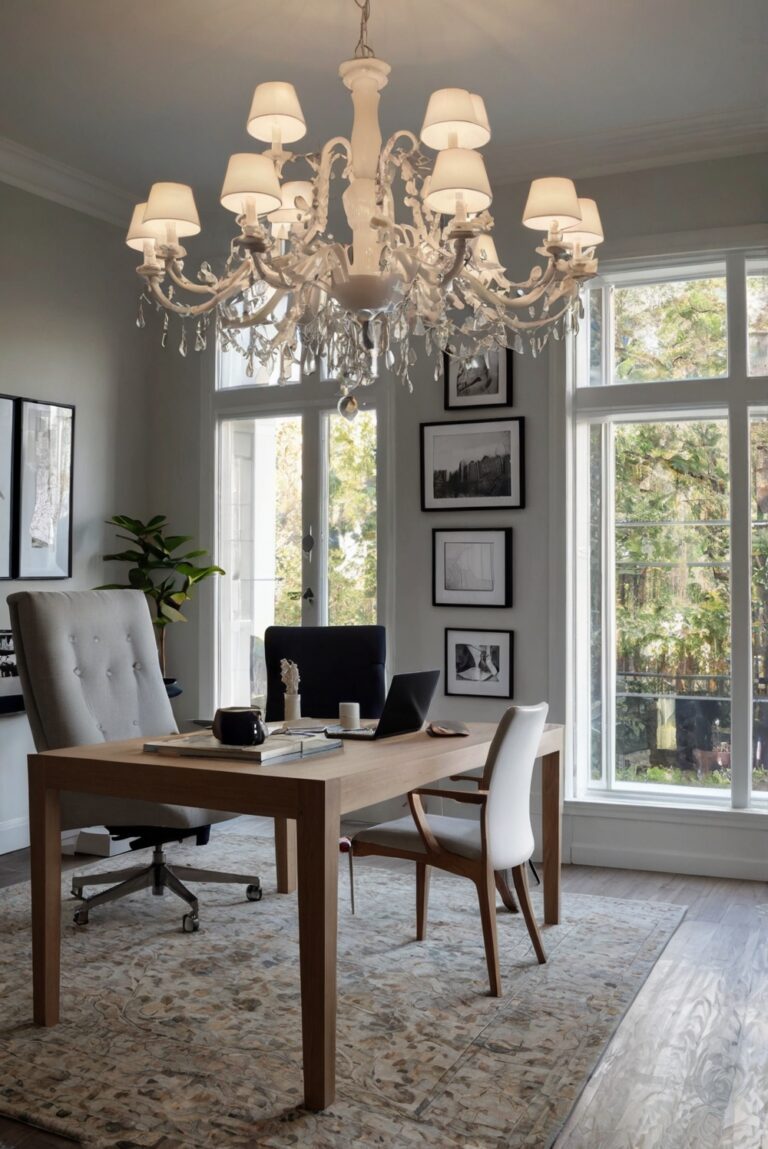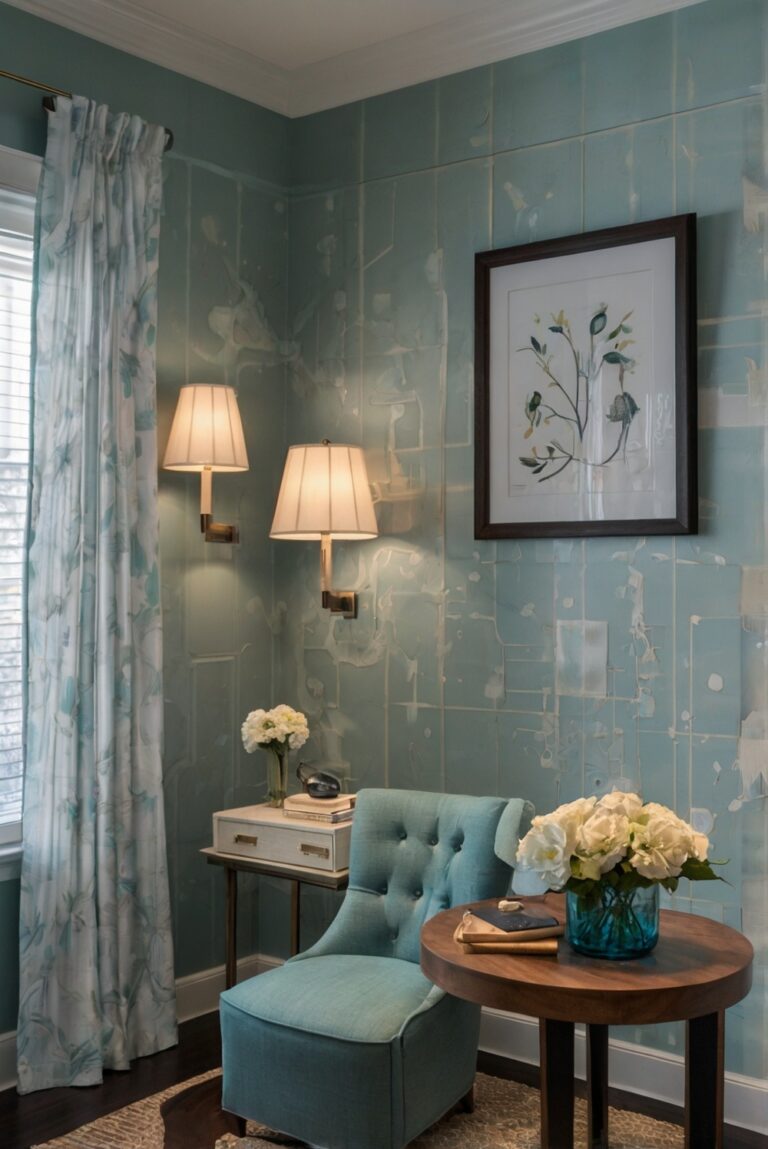
Learn about energy-efficient lighting solutions for an eco-friendly home office, perfect for enhancing your workspace while reducing your carbon footprint.
What Are Some Energy-Efficient Lighting Solutions for Eco-Friendly Home Offices?
Use LED light bulbs in your home office as they are energy-efficient and have long lifespans. Opt for task lighting such as desk lamps to illuminate specific work areas rather than lighting up the whole room. Natural light is also a great eco-friendly option, so position your desk near windows if possible. Consider motion sensor lights to switch off automatically when the space is unoccupied. Energy-efficient lighting not only helps save energy but also creates a productive and eco-conscious work environment.
What Are Some Energy-Efficient Lighting Solutions for Eco-Friendly Home Offices?
1. LED Lighting:
LED lighting is one of the most energy-efficient options for home offices. LEDs consume significantly less energy than traditional incandescent bulbs and have a longer lifespan. They also produce less heat, making them safer and more environmentally friendly.
2. Natural Light:
Utilizing natural light is a great way to reduce energy consumption in your home office. Position your desk near windows to maximize natural light and minimize the need for artificial lighting during the day. This not only saves energy but also creates a more pleasant and productive work environment.
3. Task Lighting:
Using task lighting instead of overhead lighting can help reduce energy usage in your home office. Task lighting focuses light directly on the area where you are working, minimizing wasted light and energy. Desk lamps or adjustable LED lights are excellent options for task lighting.
4. Smart Lighting Systems:
Investing in smart lighting systems can further enhance the energy efficiency of your home office. These systems allow you to control lighting settings remotely, adjust brightness levels, and schedule lighting based on your work hours. By optimizing your lighting usage, you can save energy and reduce your carbon footprint.
5. Energy-Efficient Bulbs:
In addition to LED lights, there are other energy-efficient bulb options available for eco-friendly home offices. Compact fluorescent lamps (CFLs) and halogen incandescent bulbs are also energy-saving alternatives to traditional incandescent bulbs. Choose bulbs with the ENERGY STAR label for maximum efficiency.
In conclusion, implementing energy-efficient lighting solutions in your eco-friendly home office is not only beneficial for the environment but also for your productivity and overall well-being. By incorporating LED lighting, natural light, task lighting, smart lighting systems, and energy-efficient bulbs, you can create a sustainable and efficient workspace that supports your eco-friendly lifestyle.
1. How can LED lighting help make my home office more energy-efficient?
LED lighting is a popular choice for energy-efficient lighting in home offices. LED bulbs use significantly less energy than traditional incandescent bulbs, resulting in lower electricity bills and reduced carbon emissions. Additionally, LED bulbs have a longer lifespan, meaning less frequent replacements and reduced waste. By switching to LED lighting in your home office, you can create a brighter, more comfortable workspace while also reducing your environmental impact.
2. Are there any specific types of LED bulbs that are best for eco-friendly home offices?
When selecting LED bulbs for your home office, look for ENERGY STAR certified bulbs. These bulbs meet strict energy efficiency guidelines set by the U.S. Environmental Protection Agency and can help you save even more on energy costs. Additionally, consider the color temperature of the bulbs. For office spaces, it’s generally recommended to use bulbs with a color temperature of around 4000 Kelvin, which provides a bright, neutral light that promotes productivity.
3. How can natural light be utilized in an eco-friendly home office?
Utilizing natural light is a great way to reduce energy consumption in your home office. Position your desk near a window to take advantage of natural sunlight during the day. Consider using light-colored curtains or blinds that allow light to filter through while still providing privacy. If your home office doesn’t have access to natural light, consider installing a skylight or light tube to bring in sunlight from above. Natural light not only reduces the need for artificial lighting but also has been shown to improve mood and productivity.
4. Are there any smart lighting solutions that can help make my home office more energy-efficient?
Smart lighting solutions, such as programmable LED bulbs and smart light switches, can help you further optimize energy usage in your home office. These devices allow you to set schedules for when lights turn on and off, adjust brightness levels remotely, and even integrate with other smart home systems for seamless control. By using smart lighting solutions, you can ensure that your home office is well-lit when needed and conserve energy when the space is not in use.
5. What are some additional tips for creating an eco-friendly lighting setup in a home office?
In addition to using energy-efficient LED bulbs and maximizing natural light, there are several other strategies you can implement to create an eco-friendly lighting setup in your home office. Consider using task lighting, such as desk lamps or under-cabinet lights, to provide focused illumination where needed without overlighting the entire space. Use motion sensors or occupancy sensors to automatically turn off lights when the room is unoccupied. Finally, make sure to properly dispose of old bulbs and lighting fixtures by recycling them at designated drop-off locations to minimize environmental impact.






